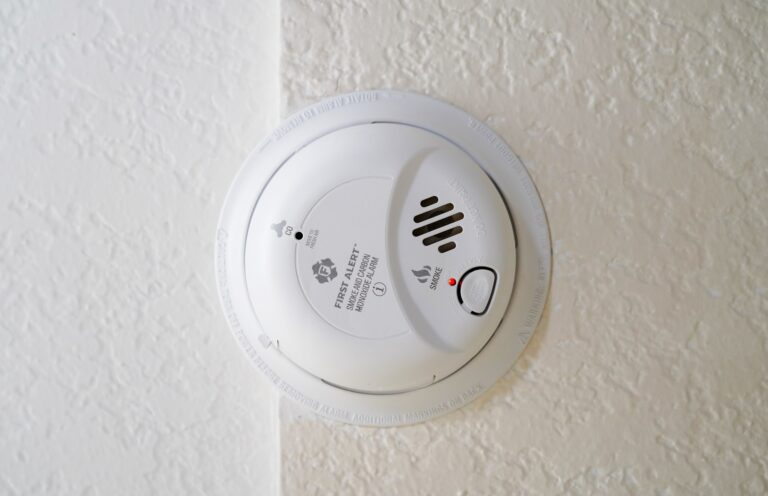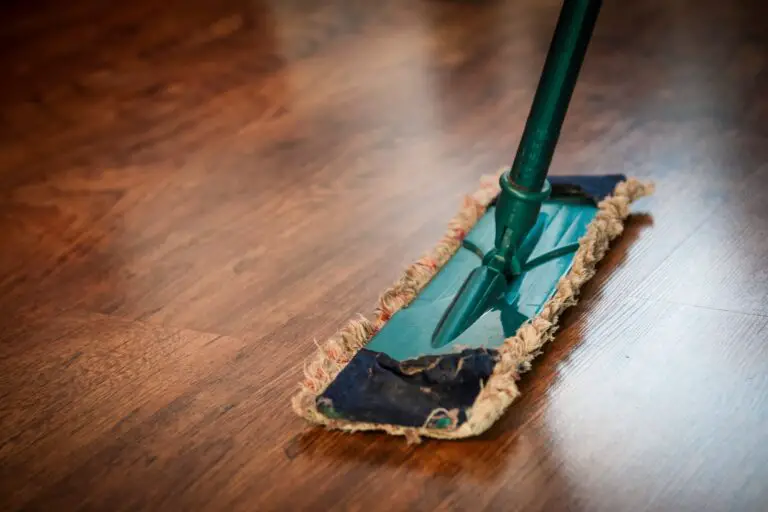How to Find Studs Without a Stud Finder: Tips and Tricks

When it comes to hanging shelves, mirrors, or any other heavy items on a wall, finding a stud is crucial. While a stud finder is a handy tool that can easily locate studs, not everyone has one readily available. Fortunately, there are several ways to find studs without a stud finder.
One of the simplest methods to find studs is by using a flashlight. Turn off all the lights in the room and close the curtains or blinds to minimize any outside light coming in. Hold the flashlight parallel to the wall and shine it along the surface. Look for small bumps or indentations that indicate the presence of a stud. This technique works best on walls with a textured surface, as the bumps and indentations will be more noticeable.
Another way to locate studs is by using a magnet. Attach a strong magnet to a string or a piece of tape and move it along the wall until it sticks to a spot. This indicates the presence of a nail or screw that is holding the drywall to the stud. Mark the spot and continue to move the magnet along the wall until you find another spot. Once you have two marks, measure the distance between them to locate the center of the stud.
Understanding Wall Construction
Identify Wall Type
Before attempting to find studs without a stud finder, it is important to understand the type of wall you are dealing with. There are two main types of walls: drywall and plaster.
Drywall is the most common type of wall construction used in modern homes. It consists of a layer of gypsum sandwiched between two layers of paper. Plaster walls, on the other hand, are made of a mixture of lime, sand, and water that is applied to a lath or wire mesh.
To identify the type of wall you have, knock on it with your knuckles. If it sounds hollow, it is likely drywall. If it sounds solid, it is likely plaster.
Locate Basic Structures
Once you have identified the type of wall you have, you can begin to locate basic structures within the wall. These structures include electrical boxes, light switches, and outlets.
Electrical boxes are typically located near switches and outlets, and are usually attached to a stud. Light switches and outlets are also attached to studs, and can be used as a reference point for locating other studs.
To locate these structures, run your hand along the wall until you feel a bump or indentation. These bumps and indentations are usually caused by the screws that attach the structure to the wall.
By using these basic structures as reference points, you can begin to locate other studs within the wall. Remember to measure the distance between studs to ensure accuracy when hanging shelves or other heavy items.
With a little practice and patience, anyone can find studs without a stud finder. By understanding wall construction and locating basic structures, you can confidently hang items on your walls without the need for expensive tools.
Manual Detection Methods
When a stud finder is not available, there are several manual methods that can be used to locate studs in a wall. These methods may take a bit more time and effort, but they can be just as effective.
Using a Magnet
One method of finding studs is by using a magnet. This method works because most screws and nails used to attach drywall to studs are made of metal. To use this method, simply take a magnet and run it along the wall until it sticks to a spot. This spot is likely where a screw or nail is located, indicating the presence of a stud.
Tap and Listen Technique
Another method to locate studs is the tap and listen technique. This method involves tapping the wall lightly with a hammer or a knuckle and listening for changes in sound. When you tap on the wall, it will sound hollow if there is no stud present. However, if you tap on a spot where a stud is located, the sound will be solid and less hollow.
Visual Inspection
Visual inspection is another method to locate studs. This method involves looking for clues such as baseboards, crown molding, or electrical outlets. These items are often attached to studs, so by locating them, you can determine where the studs are located. Additionally, you can also look for small dimples or indentations in the drywall, which may indicate the presence of a screw or nail.
Overall, these manual detection methods can be very useful when a stud finder is not available. While they may take a bit more time and effort, they can be just as effective in locating studs in a wall.

Alternative Tools and Techniques
Using Common Household Items
There are a few common household items that can be used to locate studs in your walls. One such item is a flashlight. By shining a flashlight at a low angle along the wall, you can sometimes see the shadows of the studs. Another item that can be used is a magnet. By running a magnet along the wall, it will stick to the screws or nails that attach the drywall to the studs.
Another technique is to use a piece of wire or a coat hanger. Straighten out the wire or coat hanger and insert one end into the wall at a slight angle. Move the wire or coat hanger back and forth until it hits a stud. You can then mark the spot with a pencil or tape.
Employing Electronic Devices
Electronic devices can also be used to locate studs. One such device is a metal detector. By running a metal detector along the wall, it will detect the screws or nails that attach the drywall to the studs. Another device that can be used is a smartphone with a stud-finding app. These apps use the smartphone’s sensors to detect changes in the wall’s density and locate the studs.
It’s important to note that while these alternative tools and techniques can be effective, they may not always work. It’s always a good idea to double-check your findings with another method before drilling or hanging anything on the wall.
Frequently Asked Questions (FAQs)
Q: What are some effective methods for locating wall studs manually?
A: One of the most common methods for finding wall studs is by tapping the wall with a hammer or a small object. A solid sound indicates the presence of a stud, while a hollow sound means there is no stud. Another method is to look for visible signs, such as nail holes or indentations in the drywall, which can indicate the location of a stud.
Q: Can a magnet be used to reliably detect studs in a wall?
A: While using a magnet can be an effective method for locating studs, it is not always reliable. This method works best for finding metal studs, but it may not work for wooden studs. Additionally, there may be other metal objects in the wall that can interfere with the accuracy of the magnet.
Q: What is the typical spacing between studs in residential construction?
A: The standard spacing between studs in residential construction is 16 inches on center. However, this can vary depending on the building code requirements and the type of construction.
Q: Are there any reliable techniques for finding ceiling studs without electronic tools?
A: One effective method for finding ceiling studs is by using a stud finder app on a smartphone. Another method is to use a strong magnet, which can detect metal nails or screws that are used to attach the drywall to the studs.
Q: How can I accurately use a tape measure to locate studs?
A: To accurately use a tape measure to locate studs, measure from the corner of the wall to the center of the stud. Make sure to measure from both sides of the wall to ensure accuracy. Additionally, it is important to account for the thickness of the drywall when measuring.
Q: Is it common to find studs adjacent to windows and how can they be located?
A: Studs are commonly located adjacent to windows, as they provide support for the window frame. To locate studs near a window, look for nail holes or indentations in the drywall that may indicate the location of a stud. Additionally, tapping the wall with a hammer or small object can help identify the presence of a stud.
Conclusion
Finding a wall stud without the aid of stud finders need not be a daunting task. By employing a blend of traditional techniques and a keen eye, you can easily locate a stud behind your drywall. Start by examining the baseboard for any signs of drywall screws, as these are often aligned with studs. Additionally, tapping on the wall to listen for solid sounds compared to hollow areas can guide you to a wood stud. If you’re near an electrical box, like a light switch or electrical outlet, it’s worth noting that these are typically mounted to one side of a stud. A careful inspection and the willingness to drill a few tiny holes for verification can lead you directly to the stud’s location, eliminating the guesswork and the need for a stud finder tool.
Understanding the structure of your home, including the standard or shorter stud spacing, can significantly aid in your search. For those hesitant to create even the smallest of holes, using a small magnet to glide over the wall can reveal the location of metal fasteners used to secure the drywall to the wood studs. When the magnet sticks, it indicates the presence of a drywall screw and, consequently, a stud. This method is not only effective but also minimizes damage to your walls. Although stud finders streamline the process, these manual techniques ensure that you can still find a stud with precision and confidence, blending the art of traditional craftsmanship with practical home improvement solutions.







